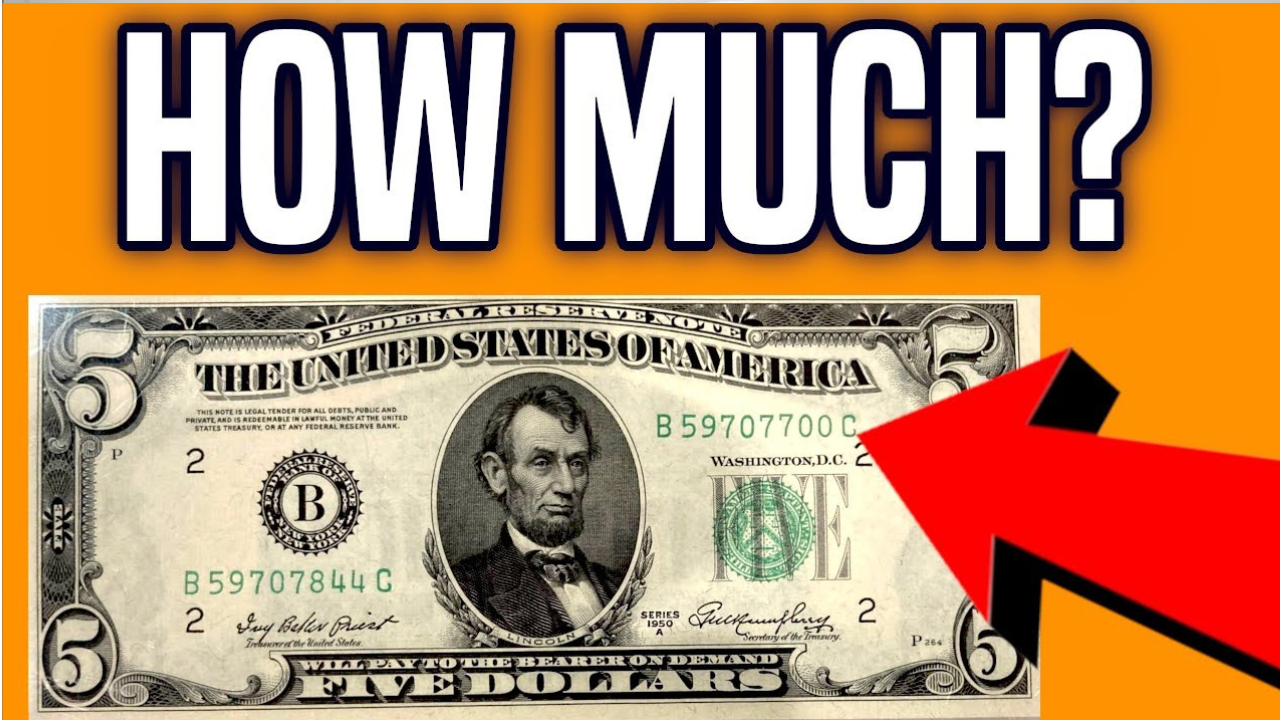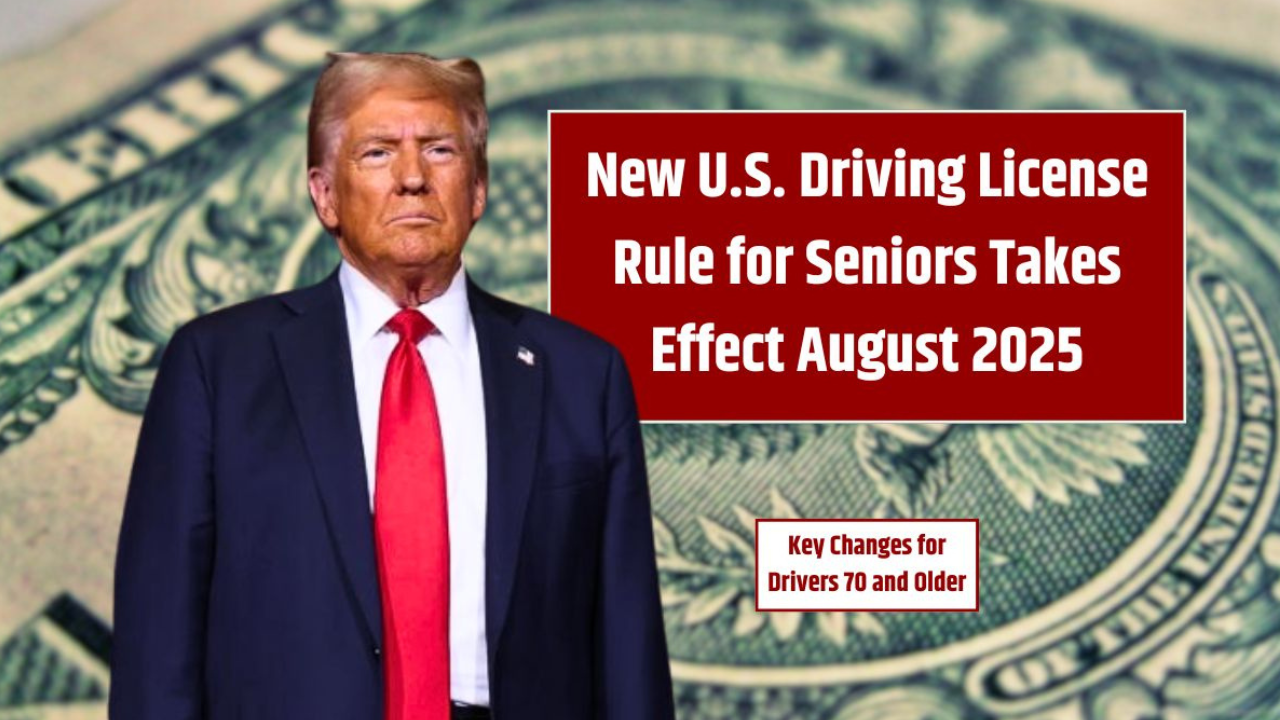Could Your Rare $5 Bill:Imagine this: you’re standing in line at a coffee shop and about to hand over a worn-out $5 bill when someone taps you on the shoulder and says, “Wait—do you know what you’re holding?” That small moment can change everything, especially if your $5 bill has a rare radar serial number like 31000. Believe it or not, some ordinary-looking notes are selling for millions, and collectors are after them.
So, how can a $5 note be worth $4.5 million? What is a radar serial number? And could it be sitting in your wallet or a junkyard right now? Let’s dive into the story of an ordinary note that might just become your golden ticket.
What is a Radar Serial Number?
A radar serial number is a type of “fancy serial number” that looks the same forward and backward—just like a palindrome. For example, a serial number like 031000130 is a radar number because if you reverse it, it still remains the same.
Why is the serial number 31000 so special? It is a radar with fewer digits, with a very neat and easily recognizable structure. Collectors value these patterns because of their extreme rarity and attractive symmetry. The simpler and rarer the number, the more valuable it is in the collector market.
Why is this $5 note worth $4.5 million?
This particular $5 note has sparked discussion in niche collecting forums and currency auctions. One note with the obvious “000031000” radar serial number (which had zeroes added to fit the standard 8-digit U.S. currency format) was reportedly worth up to $4.5 million, due to:
Excellent condition (uncirculated, with no folds or damage)
- Ultra-rare serial number
- Historical context and low printing
- High demand from collectors
While not every radar note commands such a large sum, notes with perfect palindromes, sequential digits or low serial numbers are considered jackpot worth in the numismatic world.
How to check your $5 note
Before you go to the bank or sell your savings, here’s how to check if your $5 note is rare and valuable:
- Check the serial number
Located on the top right and bottom left corner of the note, the serial number should be:
- 8 digits
- Between two letters (e.g. B31000013B)
- A palindrome (same front and back)
2. Check the condition
Notes in unissued or nearly new condition are worth more. A folded, torn or dirty note will reduce its value—even if it’s rare.
3. Check the series year
Older series (e.g. 1995 or 2001) may be more valuable, especially if they’re rare combinations with radar numbers.
4. Get a professional opinion
Use currency appraisal services or online platforms like PMG (Paper Money Guarantee) to get your bill authenticated and appraised.
Other Fascinating Serial Numbers to Note
Even if you don’t find a radar number like 31000, other patterns can be worth hundreds or thousands of dollars:
- Recurring numbers (such as 37373737)
- Ladders (12345678 or 87654321)
- Solid numbers (88888888)
- Low numbers (00000001)
- Binary numbers (only 1 and 0)
Collectors are fascinated by these numerical oddities and are often willing to pay big bucks for unique finds.
Real Stories From Real People
A retiree in Oregon recently sold a $5 note with a mirror pattern on it for more than $200,000 on a collector site. Another woman in Texas found a rare note in her grandmother’s photo album—now worth $1.2 million.
These aren’t lottery wins; they’re just examples of how people are paying attention to what’s in their wallets.
Final Thoughts: Is There any Treasure in Your Pocket?
We often think of treasure as something hidden in caves or at the bottom of the ocean. But sometimes, it’s right under our noses or in our pockets. A $5 bill with a rare radar serial number like 31000 could be one of the most valuable things you own.
The next time you pick up change at the grocery store or peer into your wallet, look carefully. Your next coffee could cost you a really big price.
And remember: always look before you spend. Your $5 bill could be worth $4.5 million.





